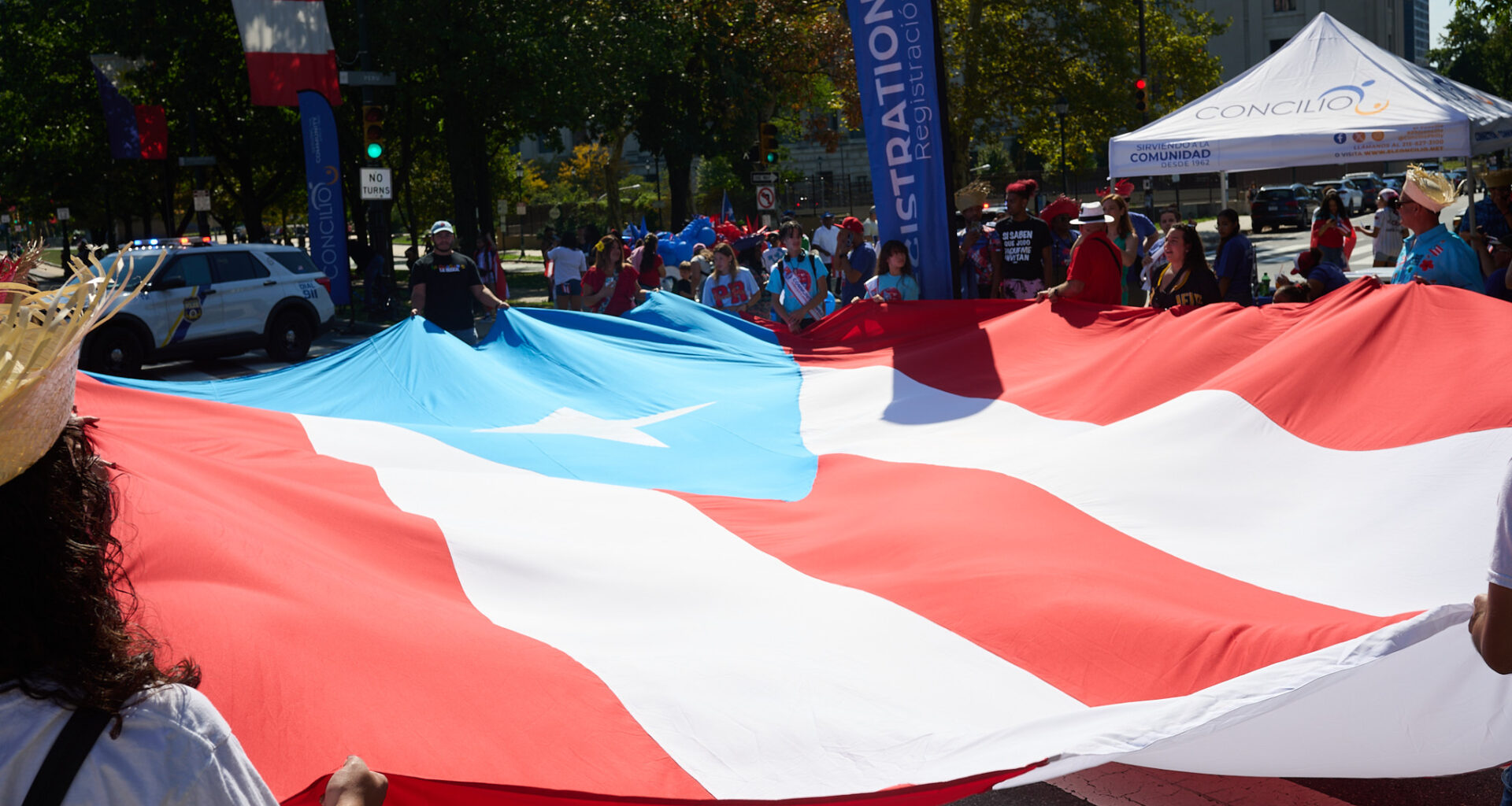Thousands of Puerto Ricans lined the Benjamin Franklin Parkway Saturday for Philadelphia’s 61st annual Puerto Rican Dara Parade. Dancing, singing, and waving the Puerto Rican flag, multiple generations gathered in celebration of shared pride.
This year’s parade theme, “From Town to Town: United by Our Culture,” commemorates the rich traditions of Puerto Rico’s pueblos, with percussionist Pablo Batista serving as the 2025 Grand Marshal and the familiar voice of local radio personality Mina SayWhat returning as the parade host for the 11th year.
 Grand Marshall Pablo Batista arrives in style. (Hanbit Kwon)
Grand Marshall Pablo Batista arrives in style. (Hanbit Kwon)
Philadelphia’s Puerto Rican Day Parade is organized by Concilio, the Council of Spanish Speaking Organizations, Philadelphia’s oldest Latino organization. Since 1962, Concilio has advocated for families and celebrated Latino heritage. First held in 1964, the parade is one of Concilio’s proudest legacies, a stage for Puerto Ricans’ pride. Among the many organizations that embody this spirit is Asociación Puertorriqueños en Marcha (APM), a parade favorite that won top honors for its float in 2024. Since 1970, APM has grown into one of the city’s leading Latino nonprofit organizations, revitalizing neighborhoods and serving families.
 APM, Asociación Puertorriqueños en Marcha, Inc., a social services agency serving the Latino population in Philadelphia. (Hanbit Kwon)
APM, Asociación Puertorriqueños en Marcha, Inc., a social services agency serving the Latino population in Philadelphia. (Hanbit Kwon)
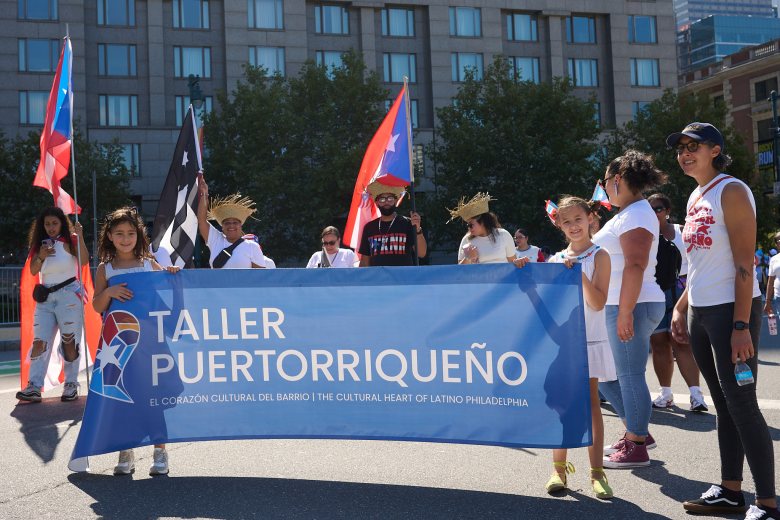 Taller Puertorriqueño, a community-based cultural organization in Philadelphia. (Hanbit Kwon)
Taller Puertorriqueño, a community-based cultural organization in Philadelphia. (Hanbit Kwon)
 A colorful float with support from Mural Arts Philadelphia. (Hanbit Kwon)
A colorful float with support from Mural Arts Philadelphia. (Hanbit Kwon)
Beneath the music and the camaraderie lies a history of struggle and an identity shaped by island roots and colonial realities. In Philadelphia, Puerto Ricans make up more than half of the city’s Latino population, centered in neighborhoods like Fairhill and West Kensington. These communities have long faced inequities in housing, education, and safety. Many also encounter barriers to healthcare and homeless Latinos are often underserved.
These struggles reflect a tangled history between Puerto Rico and the U.S. — support entwined with exploitation, inclusion and neglect. From medical experiments on the island to the federal government’s sluggish response after Hurricane Maria, Puerto Ricans know what it means to be recognized yet overlooked. This annual event serves as both a commemoration of culture and also a demand for dignity from a marginalized community.
 Mayor Cherelle Parker was amongst the esteemed guests at the 2025 Puerto Rican Day Parade. (Hanbit Kwon)
Mayor Cherelle Parker was amongst the esteemed guests at the 2025 Puerto Rican Day Parade. (Hanbit Kwon)
Reflecting on the parade’s significance and his Boricua heritage, Villanova University’s Héctor M. Varela Ríos notes that Puerto Rican identity is complex: the symbols and traditions on display like the flag and the dances can carry multiple meanings — cultural pride, acknowledgment of U.S. ties, or aspirations for independence. Language, too, reflects this tension, with Spanish and English proficiency alternately celebrated and policed within the community.
Boricua native and anthropologist Yarimar Bonilla also illuminates this layered sense of belonging among Puerto Ricans as arraigo—rootedness. In her op-ed, “Bad Bunny Just Wants to Stay Home. So Do I”, she describes that arraigo transcends attachment to place, empowering connections across distance. She saw Bad Bunny’s prioritizing Puerto Rico over a global tour as an example of arraigo, expressing Puerto Rican cultural pride.
This rootedness was on display at Philadelphia’s Puerto Rican Day Parade, where thousands sang, “¡Qué bonita bandera!” (“What a beautiful flag!”) and wave Monoestrellada along the Parkway.
This year’s parade highlighted the depth of connection to Puerto Rican heritage and hardship. It showed how the Philly Boricua community endures as a powerful force in spite of displacement and questions of authenticity, tradition, and belonging. This unique plural form of unity marched in unison with music, memory, and the Monoestrellada that proclaims: Presente.
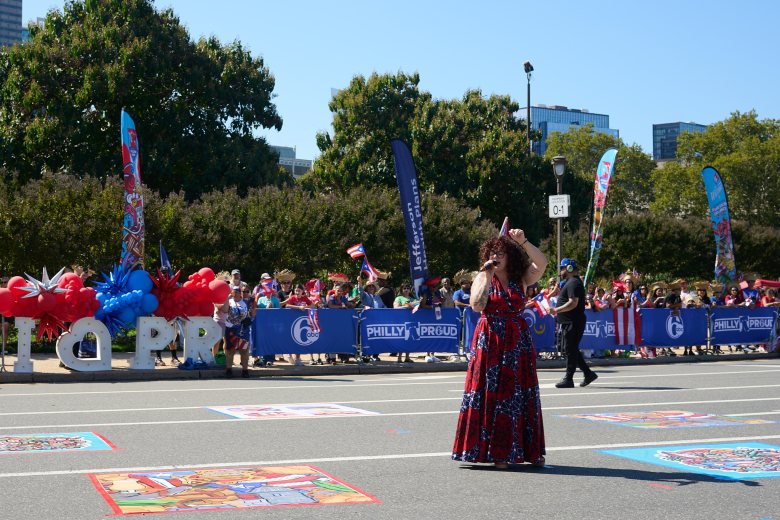 The parade featured many performances on the Parkway. (Hanbit Kwon)
The parade featured many performances on the Parkway. (Hanbit Kwon)
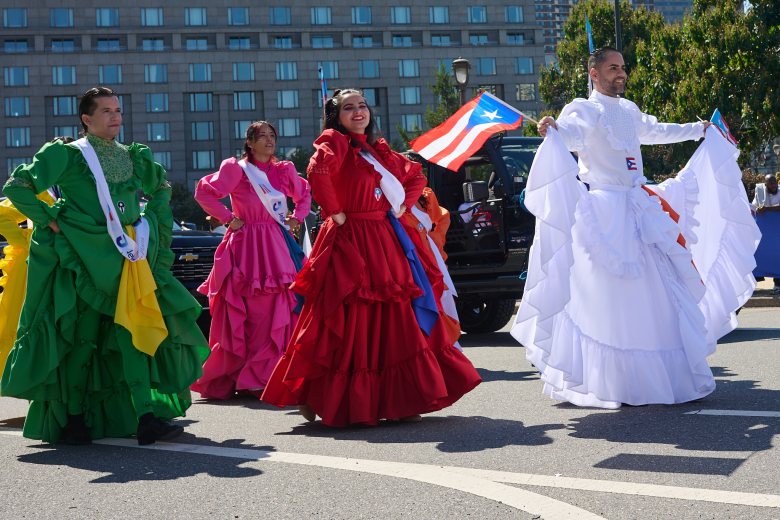 A rainbow of dancers display their attire. (Hanbit Kwon)
A rainbow of dancers display their attire. (Hanbit Kwon)
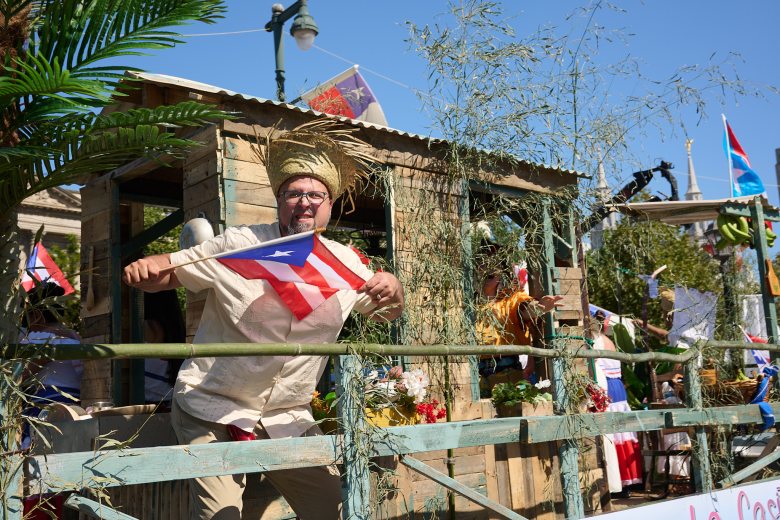 “La casita de mis abuelos” built by students at Thomas A. Edison and representing El Pueblo de San Sebastián. (Hanbit Kwon)
“La casita de mis abuelos” built by students at Thomas A. Edison and representing El Pueblo de San Sebastián. (Hanbit Kwon)
 Dancers lined the Parkway for the 2025 event. (Hanbit Kwon)
Dancers lined the Parkway for the 2025 event. (Hanbit Kwon)
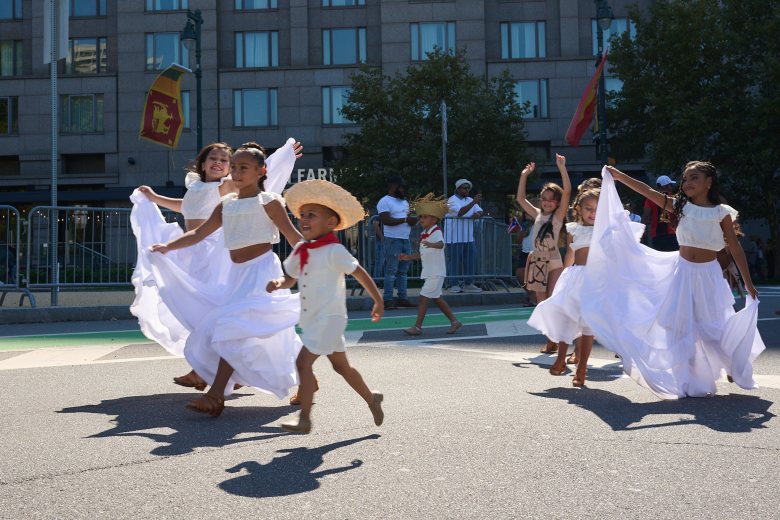 Puerto Rican pride was displayed by dancers of all ages. (Hanbit Kwon)
Puerto Rican pride was displayed by dancers of all ages. (Hanbit Kwon)
 La Palante Dance Company takes center stage. (Hanbit Kwon)
La Palante Dance Company takes center stage. (Hanbit Kwon)
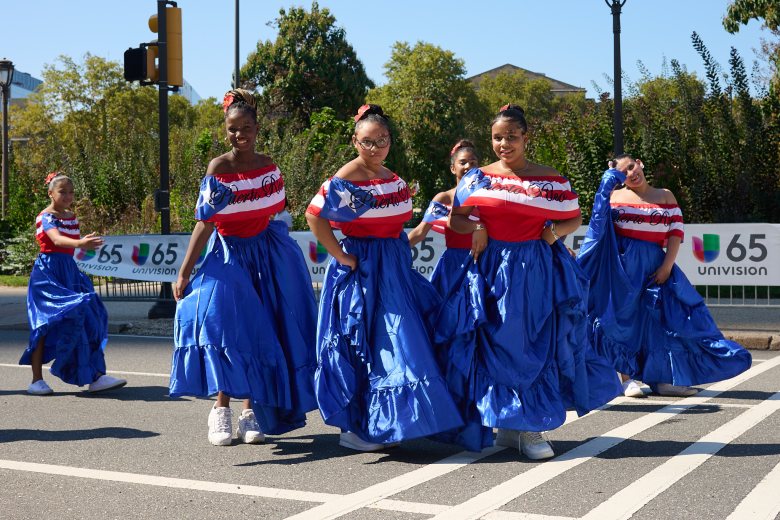 Representations of the Puerto Rican flag were popular attire at the event. (Hanbit Kwon)
Representations of the Puerto Rican flag were popular attire at the event. (Hanbit Kwon)
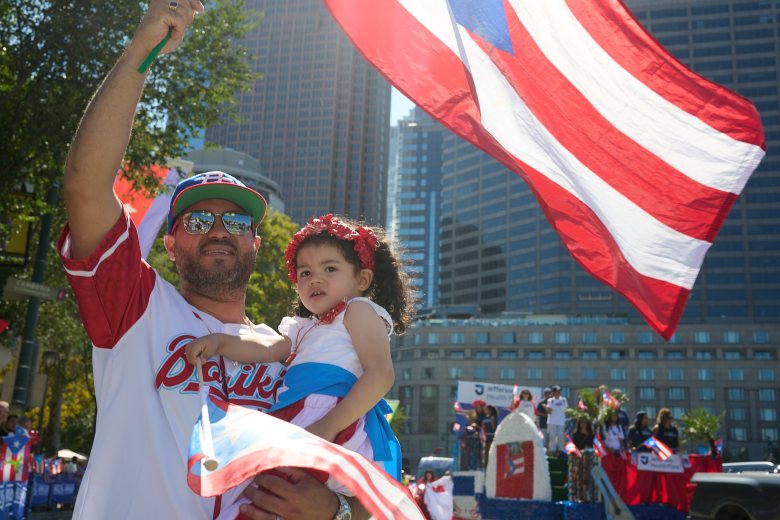 Puerto Rican family pride on the Parkway. (Hanbit Kwon)
Puerto Rican family pride on the Parkway. (Hanbit Kwon)
 La Guagu, a bilingual musical of belonging, was born on Philadelphia’s #47 bus. (Hanbit Kwon)
La Guagu, a bilingual musical of belonging, was born on Philadelphia’s #47 bus. (Hanbit Kwon)
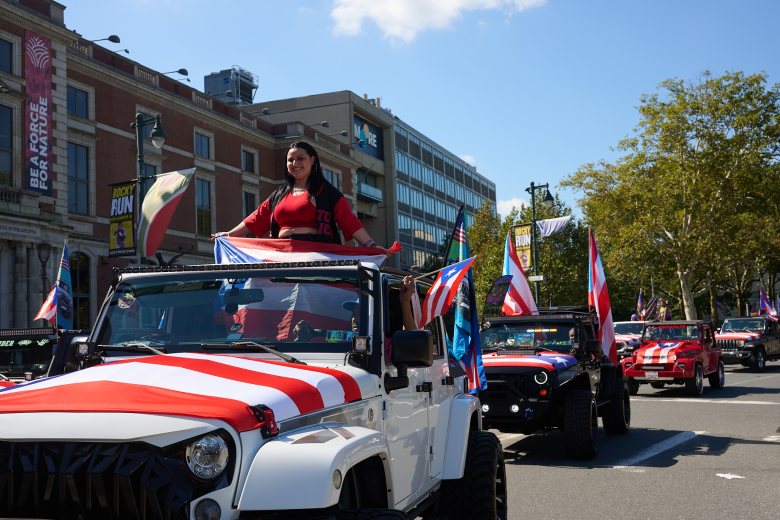 A Jeep Club roars down the Parkway. (Hanbit Kwon)
A Jeep Club roars down the Parkway. (Hanbit Kwon)
